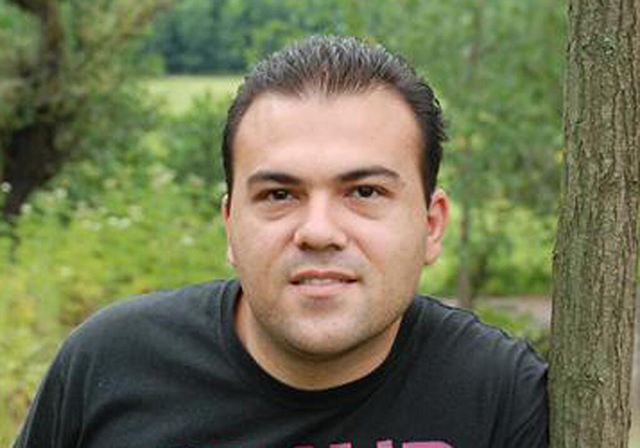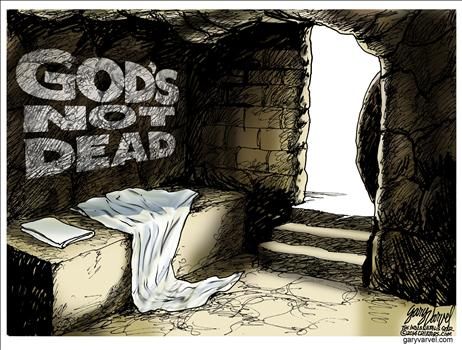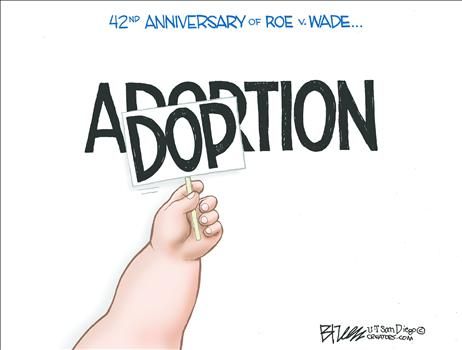NOW THAT THE ELECTION IS OVER:1) Let's be praying that God showed us grace in giving us representatives who will sincerely work to DO NO HARM to us and future generations. Let's also be praying that should He have chosen to give us those who WILL do us harm, that He extends mercy to us now and for the years ahead. His will is now done as far as the results we have. Now it's up to us to be diligent to hold those elected accountable!, and 2) Let's be praying that the present lame-duck session in Congress will not be allowed to pass legislation that will do harm to our country as they can easily do. (See post #1051 - 'Return of the Zombie).
U.S. Supreme Court has Reconvened: Let's be praying WHENEVER the Court is in session as their decisions can have impact on GENERATIONS to come. The fact that they may have an opportunity this session to actually vote on same-sex "marriage" where it has the same impact on this country that Roe v. Wade did should be motivating enough!

Of course, let's CONTINUE PRAYING FOR AN END TO THE EBOLA CRISIS IN WEST AFRICA AND THE HEALING OF ALL THOSE WHO HAVE BEEN INFECTED.
"Tebow’s Not Some Freak for (Still) Praying: Lots of Americans Do, Too" - Byron R. Johnson / November 18, 2014 / http://dailysignal.com/2014/11/18/tebows-freak-still-praying-lots-americans/?utm_source=heritagefoundation&utm_medium=email&utm_campaign=morningbell&mkt_tok=3RkMMJWWfF9wsRokva%2FKZKXonjHpfsX56eguXa%2B3lMI%2F0ER3fOvrPUfGjI4CRMVgI%2BSLDwEYGJlv6SgFQrLBMa1ozrgOWxU%3D

Tim Tebow (Photo: Matthew Stockman/Getty Images)
No one’s praying habits have attracted as much attention in recent years as those of former NFL player Tim Tebow. His public displays of faith, both on and off the football field, spurred attention, ignited debate, and even led to the Tebowing trend. Now, Christian singer Tanner Clark reveals Tebow’s priorities haven’t changed (hat tip: IJ Review): ["Tim Tebow May Not Be on the Field Anymore, But He Got Caught in the Act Again" - http://www.ijreview.com/2014/11/203298-tim-tebow-publicly-proudly-sharing-faith/ - "...Nowadays the free agent is spending more time in a suit and tie instead of pads and a helmet, but some things just don’t change. Reporting from Gainesville, Florida on Saturday with the SEC network, Tebow was caught leading a prayer with his co-hosts while they were supposedly off-air. Christian singer Tanner Clark snapped a picture of the private moment and shared it on Facebook. (Go to this site to see the picture.)
But as the essay below, reprinted from the 2014 Index of Culture and Opportunity published by The Heritage Foundation, shows, many Americans today remain religious. It’s not just Tebow who’s putting time aside to pray.
To understand social trends, collecting data on indicators such as religious attendance is an important undertaking. Media accounts suggest a consistent if not dramatic decline of the faith factor in America: that young people under 30 are deserting the church; that women are rapidly falling away from religion; that millennials are leaving the faith of their parents; and that the religiously unaffiliated (a.k.a., “nones”) have increased twofold in recent decades.
But upon closer examination of additional data from the General Social Survey, as well as other data sources, these headlines are revealed as misleading, inaccurate and biased. The real story is that across 40 years, there have been only small variations in church attendance.
Surveys perennially find that younger people are less likely to attend church, reflecting the fact that many single young adults choose to sleep in on Sunday mornings once they are out on their own. Once they marry, and especially once they have children, their attendance rates recover. Recent research confirms if people do not marry, and if they do not have children, there is a real decline in church attendance—a finding that is particularly striking among the poor and less educated. On the other hand, many who do not attend church regularly, especially the elderly, consistently report high levels of religious commitment and belief.
The number of American atheists has remained steady at 4 percent since 1944, but church membership has reached an all-time high.
Media reports also have highlighted a supposed significant decline in women’s religious attendance, but this is not accurate. The Baylor Religion Survey shows that in 2007, 38 percent of women, compared with 26 percent of men, described themselves as “very religious.” This gap, a phenomenon observable for every nation around the globe, continues in America. In 1991, according to GSS data, 38 percent of women and 28 percent of men said they attended weekly; in 2002, 36 percent of women and 24 percent of men; in 2008, 36 percent of women and 25 percent of men; and in 2010, 34 percent of women and 25 percent of men said they attended weekly.
Millennials, like the vast majority of Americans, consider themselves religious. In fact, in a pluralistic society like America, where options abound, many people, including millennials, switch churches, and they do so for a variety of reasons. Oftentimes this means they will attend a church from a denomination different from the one in which they were raised. This change does not mean, as many have wrongly concluded, that they have departed the faith. In fact, many go to churches that are more theologically conservative than the ones in which they were raised. Switching churches is a fascinating subject and if anything, a marker of religious vitality, not decline.
The rise of those reporting no religious affiliation (a.k.a., “nones”) on traditional surveys has contributed to other inaccurate perceptions. Most surveys, including the GSS, do not ask respondents enough questions to accurately sort out religious affiliation. In the Baylor Religion Survey, we not only asked the identical affiliation question used by the GSS; we also asked respondents—including the nones—if they attended religious services. Some of the nones not only indicated they regularly attended, but provided us with the name and address of their church, and a surprising number were nondenominational and evangelical. The knee-jerk reaction that all nones are unaffiliated—or atheists—is false.
Finally, the fact that the number of American atheists has remained steady at 4 percent since 1944, and that church membership has reached an all-time high, remind us that indicators are helpful in seeing an accurate picture of what is really happening in our society.
[bold and italics emphasis mine]
Byron R. Johnson is distinguished professor of the social sciences at Baylor University and founding Director of the Baylor Institute for Studies of Religion (ISR).






No comments:
Post a Comment